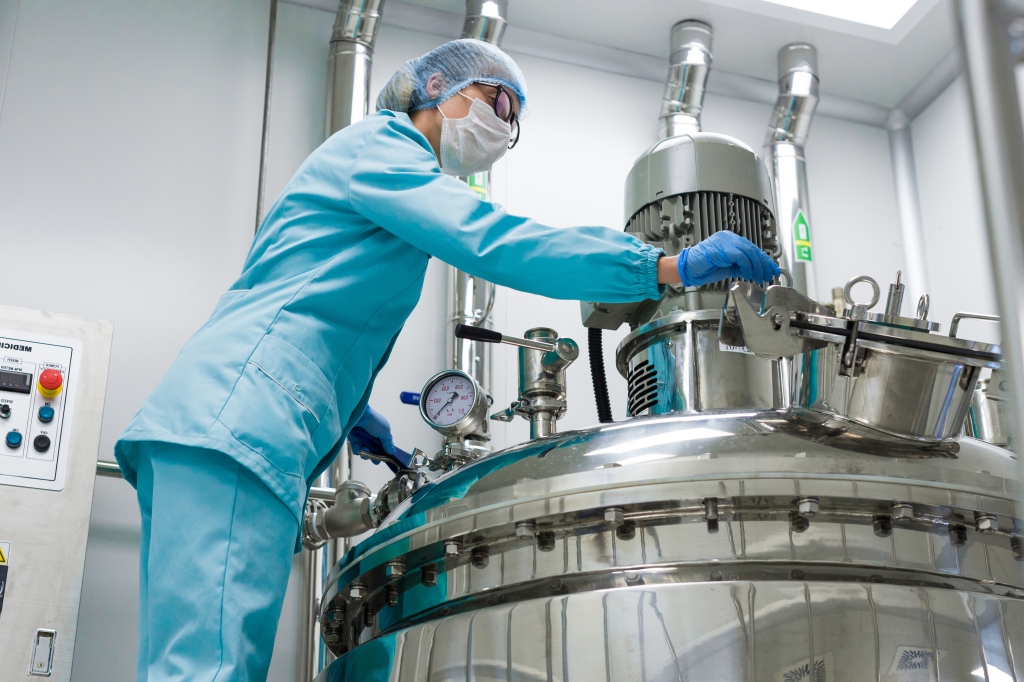The fermentation revolution, and its applications

Image credit: Image by usertrmk on Freepik
Fermentation is a technique utilized for thousands of years, using natural microbes like yeast. Think back to ancient times, the method can be traced to Egyptian civilization. Check out my previous blog to learn more about the history. On the other hand, a new technology called precision fermentation has revolutionized things; more about this in a bit. The use of genetically modified microorganisms, I know what you’re thinking, especially if you’re against GMO products. But, think of all the applications that are in the works, while others are in the market. One application is cultivated, or cell-based meat. Other companies, like Impossible Foods, and cheese companies also applied this technology. The process is similar to production of mycoproteins, as I described here. There are several challenges with this type of technology. This includes not meeting sustainability, regulatory, ethical, environmental, economical, and safety guidelines.
One of the companies in Australia, called CSIRO. Provides a good example of how precision fermentation can be used in the food manufacturing industry. Though, this is out of the knowledge scope that I have, as it’s in engineering biology. It looks like there is a possibility to use it to resolve sustainability, and efficiency issues in any industry, including food.
Let’s compare between traditional and precision fermentation. For the traditional, you get it in a jar or plastic container at the grocery store, like kimchi, yogurt, and tempeh. The one made in the lab, precision, involves more intense technology that gives us a product with a similar texture, and taste, as meat. The difference is the enzyme use, with the modified version, there is capability to produce an efficient product. Compared to the regular enzyme, the process needs to happen at a longer time, which is less efficient. Therefore, the food manufacturing process would be more stable and adaptable at various conditions, such fluctuations in pH, and temperature.
As you can see, precision fermentation has a potential to change the food system, and we already see it in different plant-based products, including cheeses. Also, there are different applications, such as enzymes, proteins, and fats. This will help food manufacturing companies produce a more efficient product, in regards to the processing time, taste, texture, flavor. Hopefully, one day the sustainability and other issues are resolved. Despite the concerns, Forward Fooding has provided a positive outlook for the technology, and also the projected growth rate in the market.
References
1. Precision fermentation simply explained (2023). Single Use Support. Website: https://www.susupport.com/knowledge/fermentation/precision-fermentation.
2. WTF – what’s the fermentation: decoding precision fermentation (2015). Forward Fooding. Website: https://forwardfooding.com/blog/foodtech-explained/wtf-is-precision-fermentation/.
3. Doherty, Denise (2023). Precision fermentation: a revolution in food production? Utopia. Website: https://utopia.org/guide/precision-fermentation-a-revolution-in-food-production/.
4. Wood, P., Thorrez, L., et al. (2023). “Cellular agriculture”: current gaps between facts and claims regarding “cell-based meat”. Animal Frontiers, Volume 13(2), pp. 68–74. Website: https://doi.org/10.1093/af/vfac092.
5. Williams, Greg (2021). Precision fermentation: scaling the next manufacturing revolution. CSIRO. Website: https://www.csiro.au/en/news/All/Articles/2021/September/precision-fermentation.
6. Boukid, F., Ganeshan, S., et al. (2023). Bioengineered enzymes and precision fermentation in the food industry. International Journal of Molecular Sciences, 24(12):10156. Website: https://doi.org/10.3390/ijms241210156.

Pingback: Food science topics – Alimentative
Pingback: Bioreactors | Living Well In The 21st Century